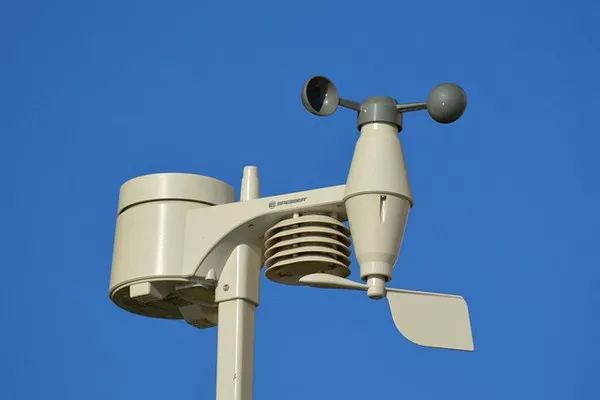Anemometers are vital instruments in meteorology, environmental monitoring, and various industrial applications, designed to accurately measure wind speed and direction. These measurements hold significance in understanding weather patterns, predicting atmospheric behaviors, and ensuring safety in sectors such as aviation, agriculture, and energy production. The units used to quantify these measurements are standardized and essential for effective communication and data analysis.
Anemometer Types and Principles
Several types of anemometers are utilized to measure wind speed, each employing distinct principles to capture the dynamic nature of wind flow. These include cup anemometers, vane anemometers, hot-wire anemometers, and sonic anemometers, among others. Cup anemometers, perhaps the most recognizable, consist of rotating cups attached to a central shaft. The number of rotations over a given time period correlates with wind speed, and this value is then converted into the appropriate units.
Units of Wind Speed Measurement
The primary units for measuring wind speed are meters per second (m/s), kilometers per hour (km/h), and miles per hour (mph). These units are essential for global consistency and ease of communication across different fields and regions. The choice of unit often depends on the specific application and the conventions of the region in which the measurement is taken.
1. Meters per Second (m/s):
This is the standard unit in the International System of Units (SI) for measuring wind speed. It represents the distance traveled by the wind in one second. It is widely used in scientific research, meteorology, and aviation due to its precision.
2. Kilometers per Hour (km/h):
This unit expresses wind speed in terms of the distance traveled in kilometers over an hour. It is commonly used in daily life and by the general public, as it provides a more relatable scale compared to m/s.
3. Miles per Hour (mph):
Commonly used in countries that use the imperial system, mph measures the distance wind travels in miles over an hour. This unit is prevalent in the United States and a few other countries.
Conversion Between Units
The ability to convert between units is crucial for data interpretation and collaboration across international boundaries. Conversion between these units is straightforward and requires multiplication or division by specific conversion factors. For instance, to convert wind speed from m/s to km/h, one can multiply the value by 3.6 (since 1 m/s = 3.6 km/h). Similarly, to convert from m/s to mph, the value should be multiplied by 2.237 (since 1 m/s = 2.237 mph).
Anemometer Calibration
Accurate measurements necessitate periodic calibration of anemometers to ensure reliable data collection. Calibration involves comparing the instrument’s readings with a reference anemometer under controlled conditions. During calibration, the units used to express wind speed remain consistent with the chosen system (SI or imperial).
Units of Wind Direction Measurement
Wind direction is equally important as wind speed and is often measured in degrees or cardinal directions. Meteorologists use meteorological units, which are measured clockwise from true north. Wind direction is often indicated in degrees (°) or as cardinal directions (e.g., North, South, East, West).
Degrees:
Wind direction can be expressed as an angle measured in degrees, with 0° representing true north, 90° representing east, 180° representing south, and 270° representing west. This method allows for precise and continuous measurement of wind direction.
Cardinal Directions:
For ease of communication, especially in non-technical contexts, wind direction can be simplified into cardinal directions – North, South, East, and West. This approach provides a quick understanding of wind flow without requiring specialized knowledge of meteorological conventions.
Conclusion
Anemometers play a pivotal role in understanding wind behavior, atmospheric patterns, and their impact on various industries. Wind speed and direction measurements, expressed in standardized units, allow for accurate analysis, collaboration, and data-driven decision-making. Whether utilizing meters per second, kilometers per hour, or miles per hour for wind speed, or degrees and cardinal directions for wind direction, adhering to these established units ensures clarity and consistency across the scientific, industrial, and public domains. As technology advances, anemometers continue to contribute valuable insights, reinforcing the importance of maintaining precise and reliable units for meaningful data interpretation.

